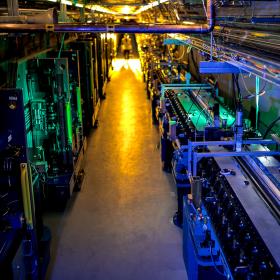SLAC by the Numbers
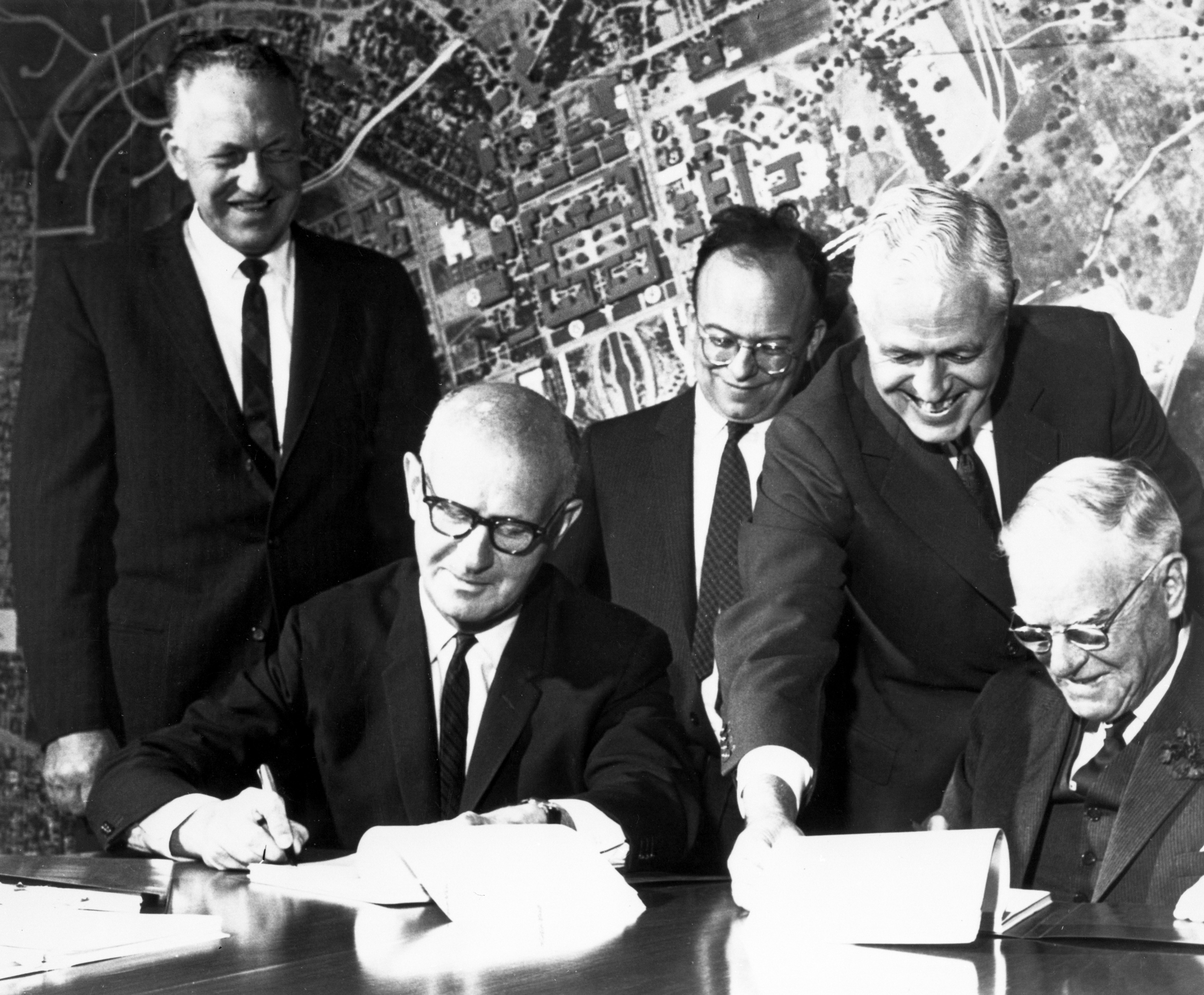 Founded in 1962 with 200 employees
Founded in 1962 with 200 employees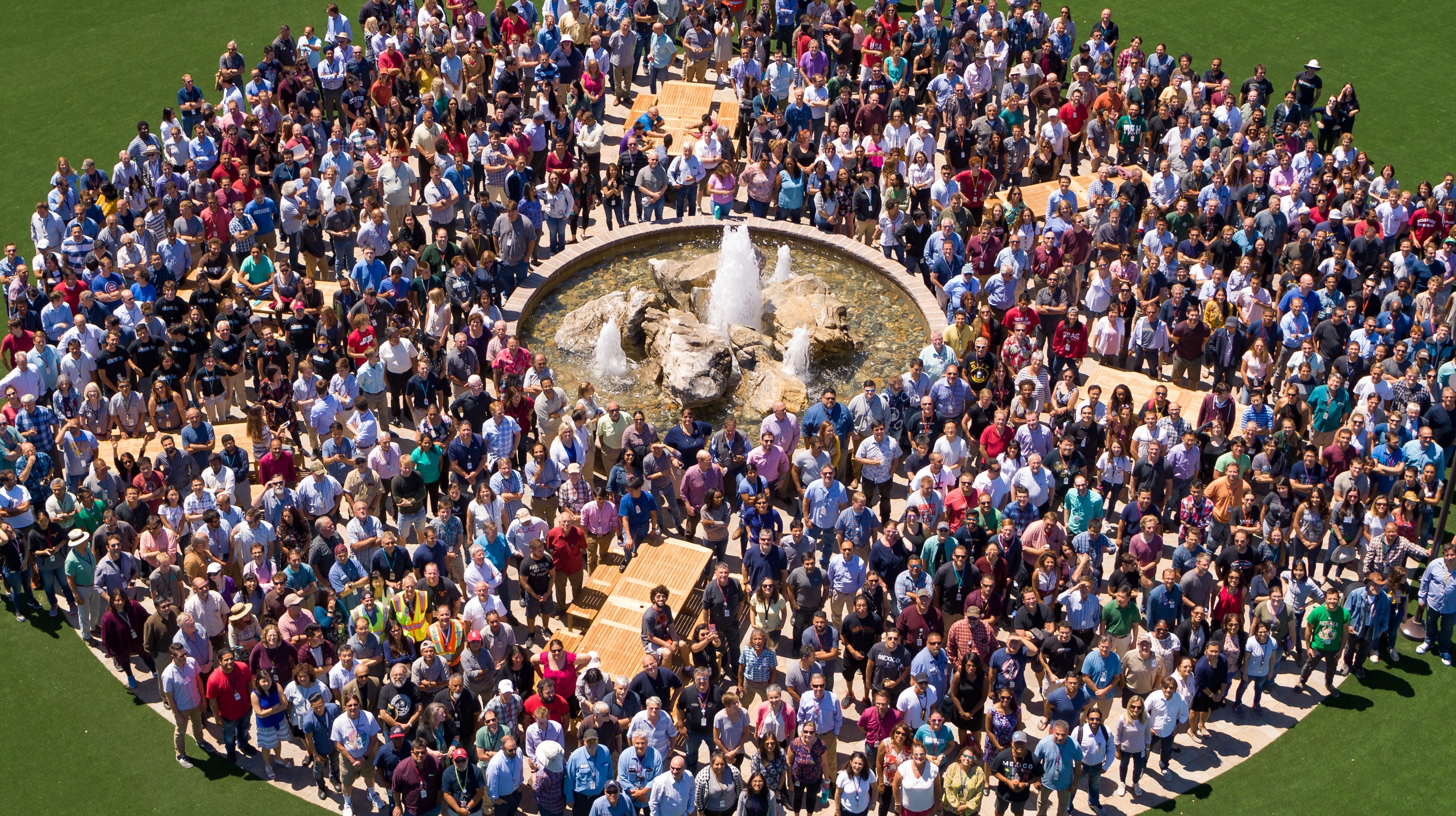 1,800 employees from 55 countries plus over 300 postdocs and grad students.
1,800 employees from 55 countries plus over 300 postdocs and grad students.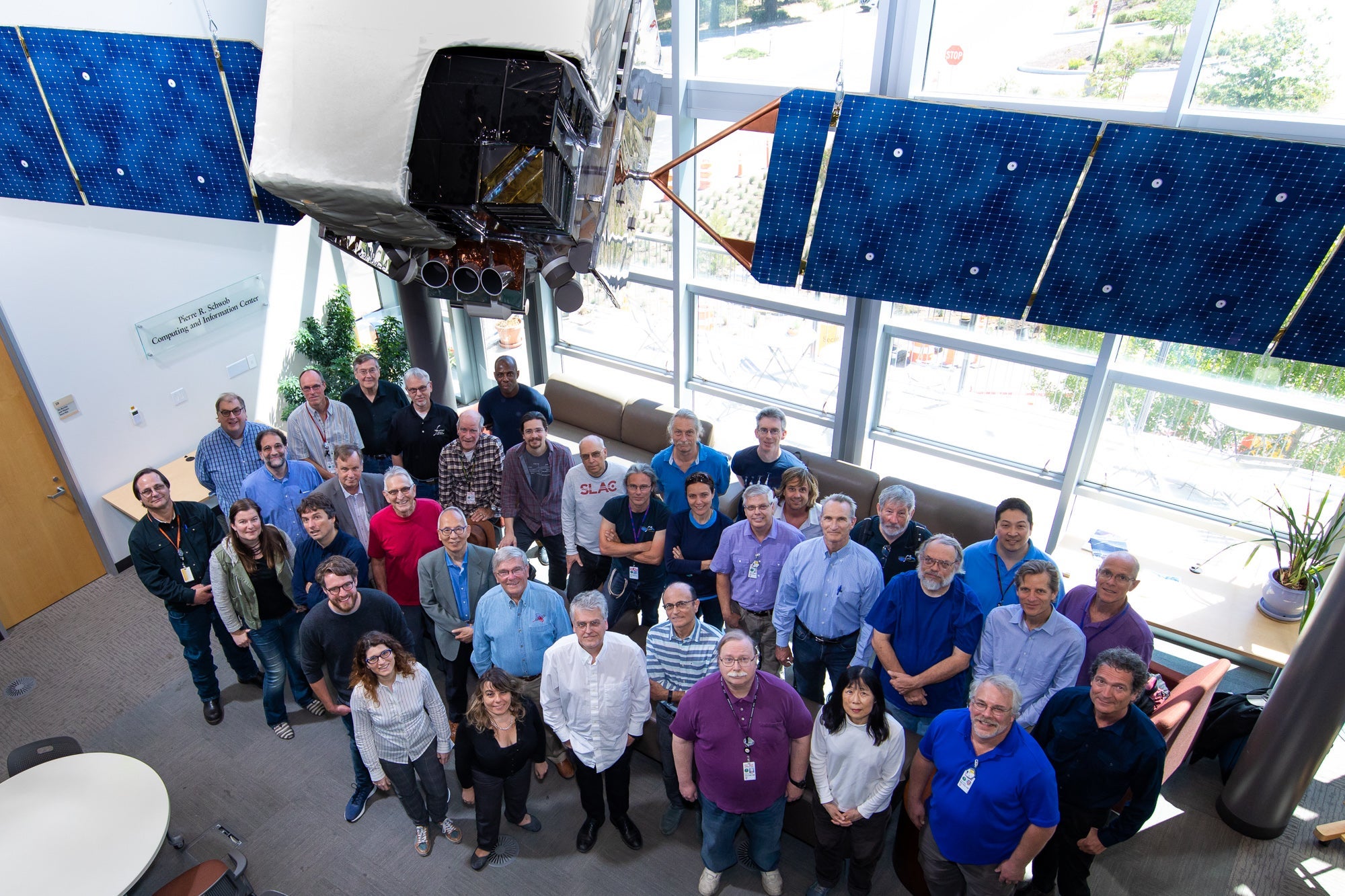 Thousands of researchers from around the world use our cutting-edge facilities.
Thousands of researchers from around the world use our cutting-edge facilities.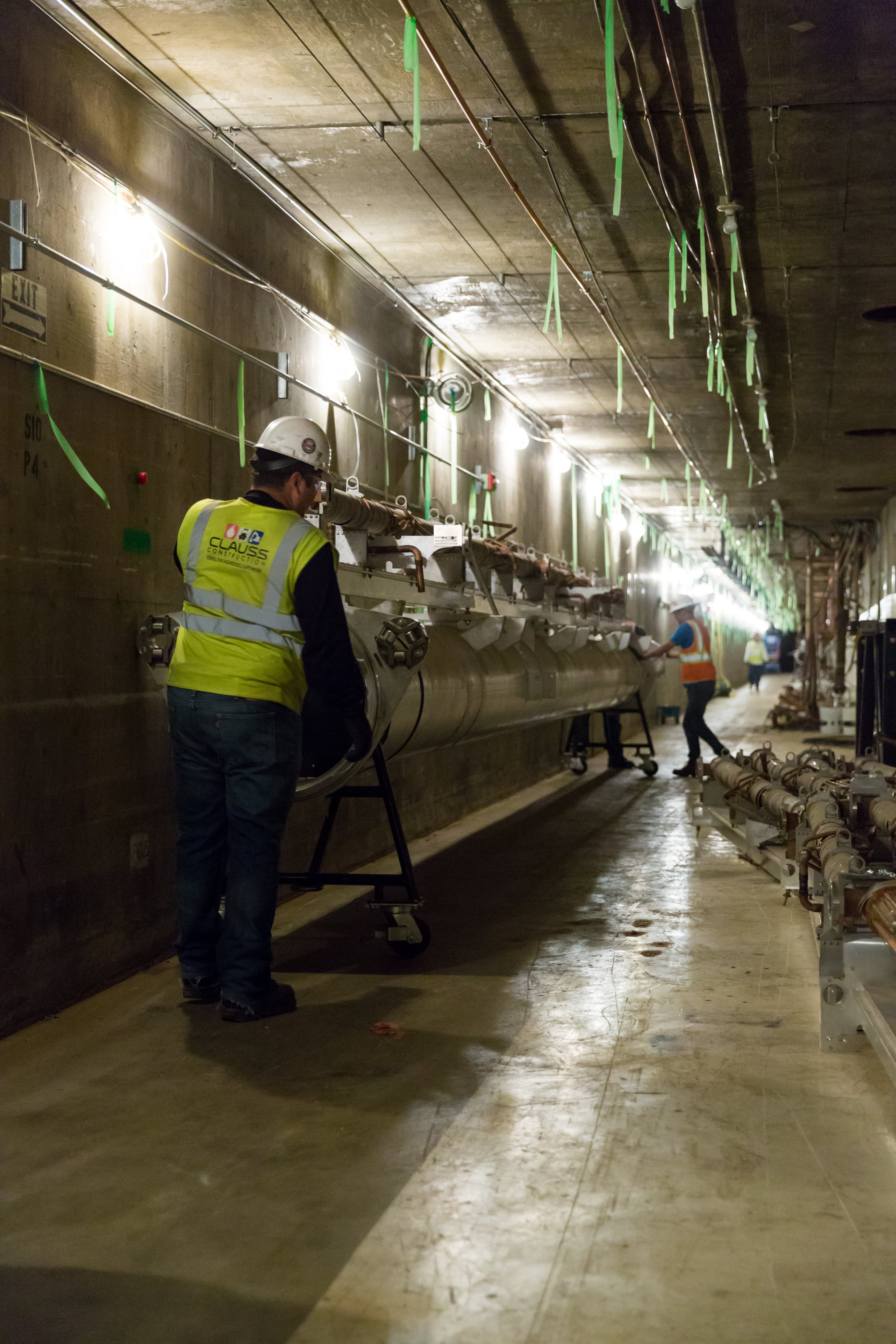 699 tons of equipment removed from SLAC linac to make way for LCLS‑II
699 tons of equipment removed from SLAC linac to make way for LCLS‑II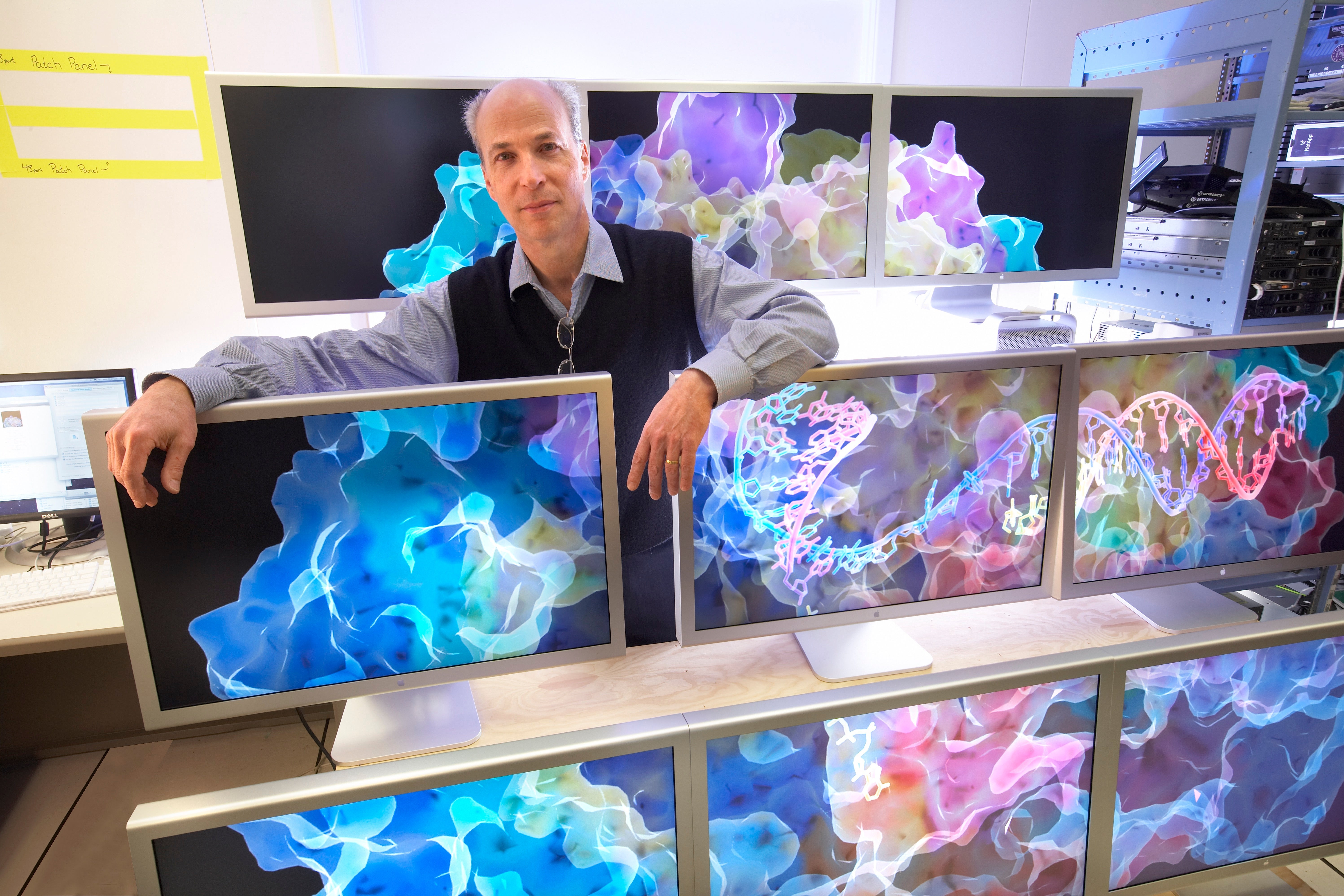 4 Nobel Prizes awarded to 6 laureates for their research at SLAC
4 Nobel Prizes awarded to 6 laureates for their research at SLAC
- Burton Richter (1976)
- Richard Taylor, Henry Kendall and Jerome I. Friedman (1990)
- Martin Perl (1995)
- Roger D. Kornberg (2006)
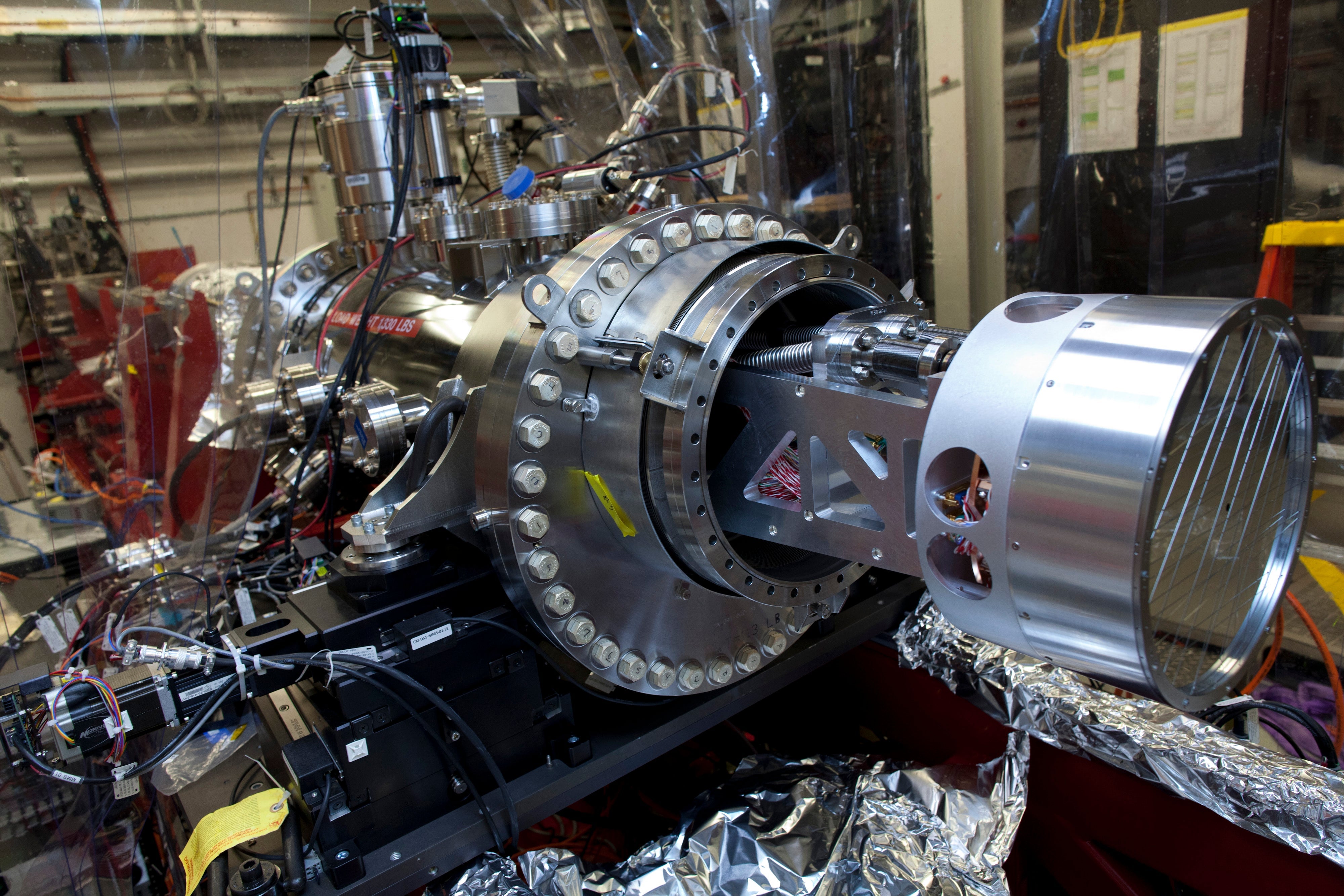 20 companies use our X‑ray facilities for research aimed at developing medicines and other products.
20 companies use our X‑ray facilities for research aimed at developing medicines and other products.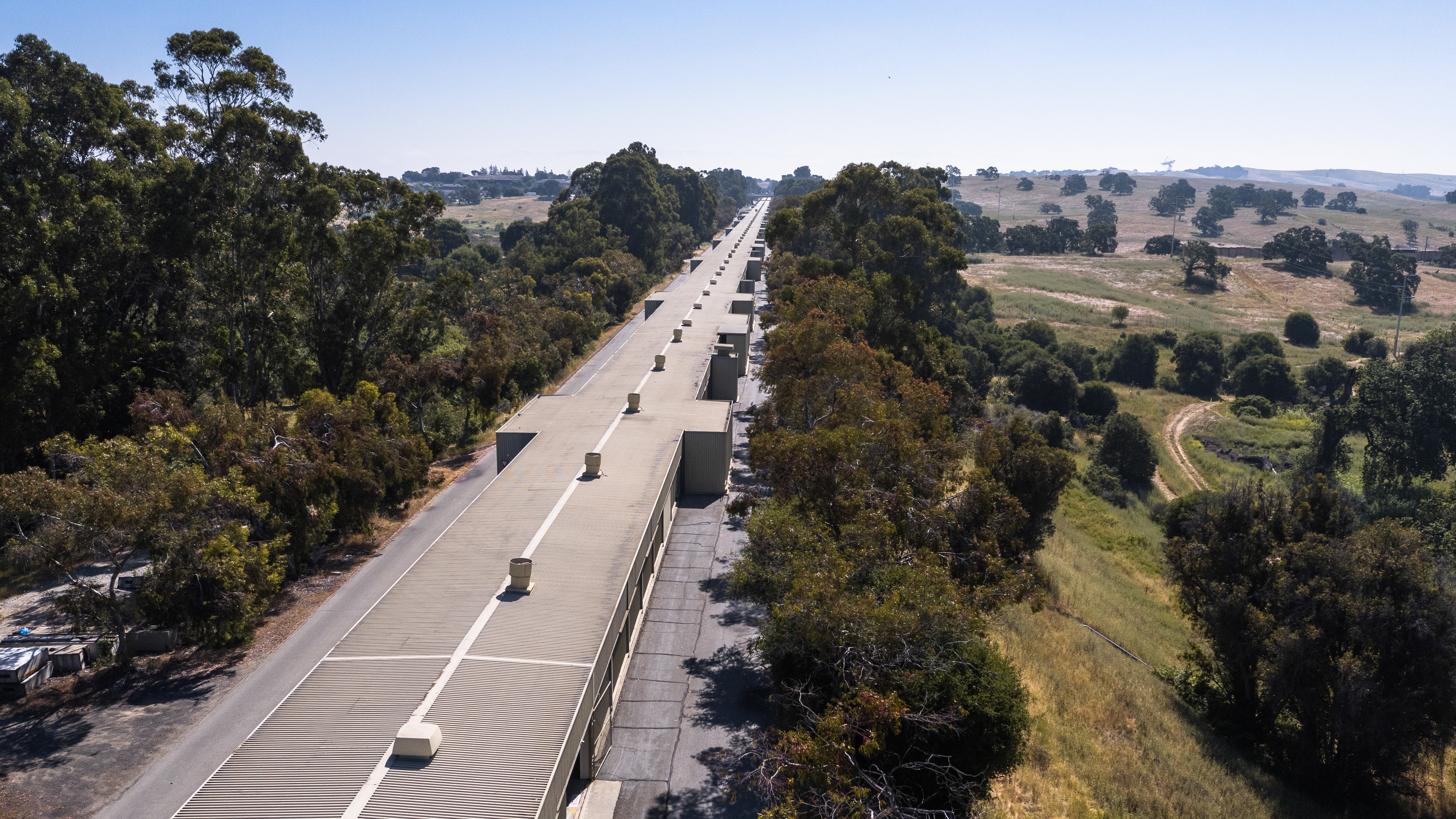 Our linear accelerator structure is 3,073.72 meters long …one of the longest modern buildings on Earth!
Our linear accelerator structure is 3,073.72 meters long …one of the longest modern buildings on Earth!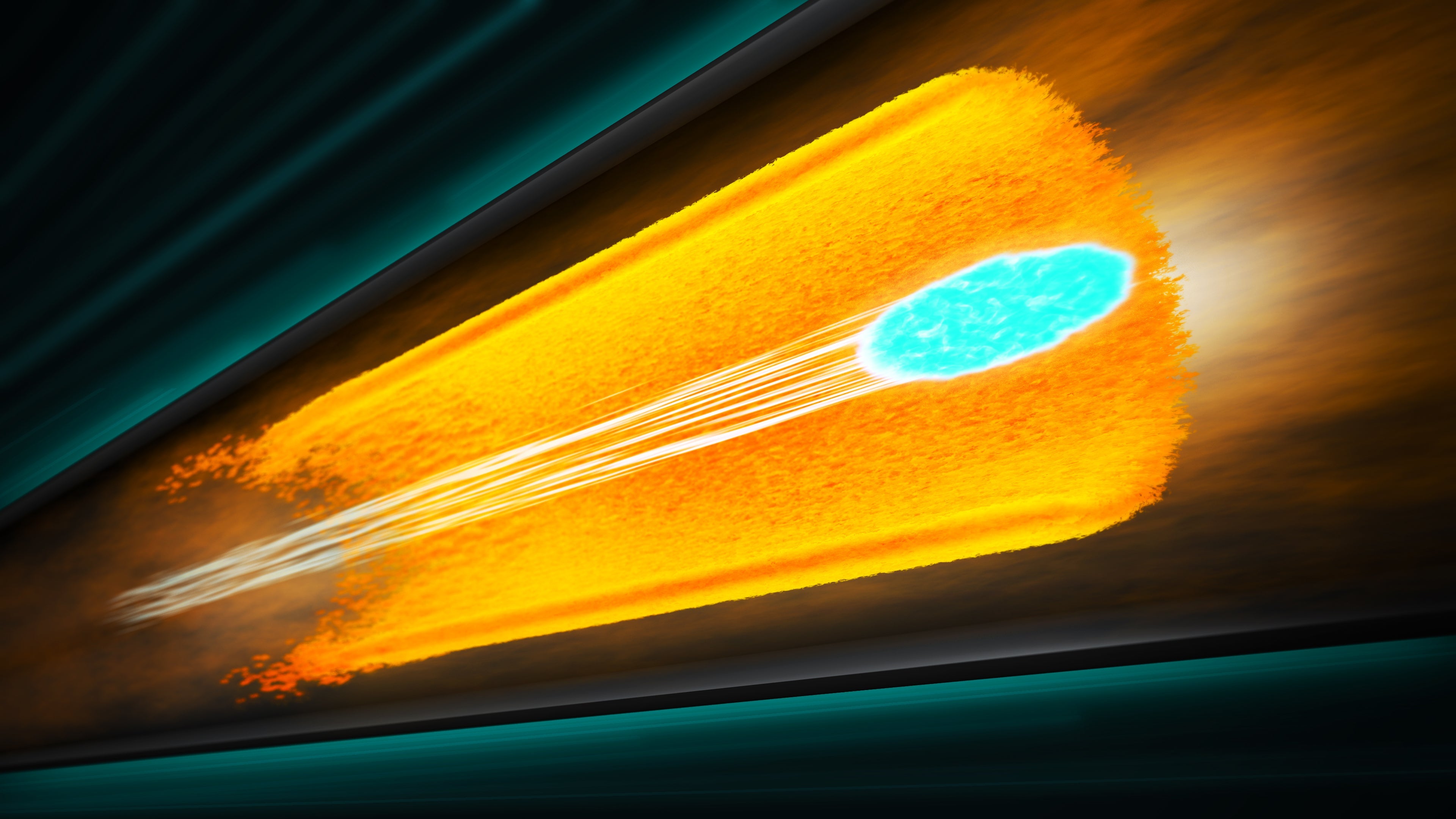 Electrons zip down the accelerator at 669,600,000 mph …that's 99.9999999% of the speed of light!
Electrons zip down the accelerator at 669,600,000 mph …that's 99.9999999% of the speed of light!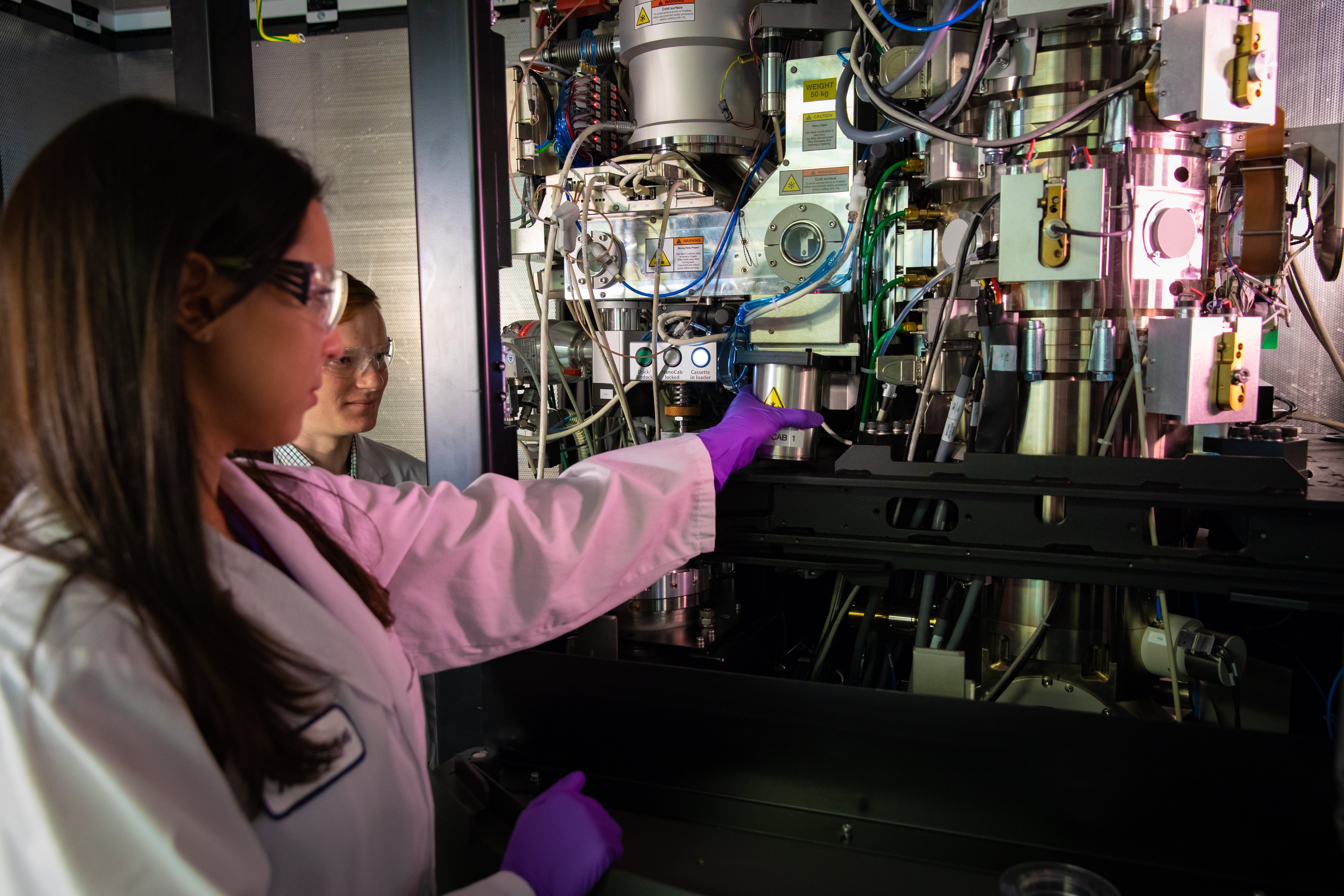 180 universities & research institutes make use of our resources.
180 universities & research institutes make use of our resources.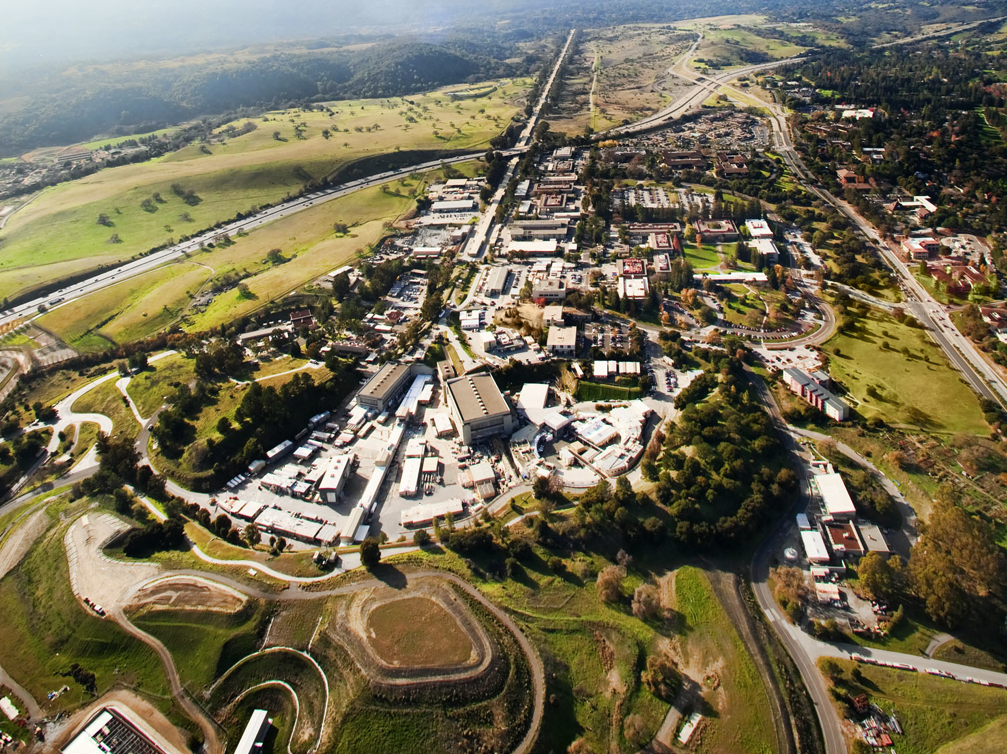 426-acre campus in Menlo Park, CA
426-acre campus in Menlo Park, CA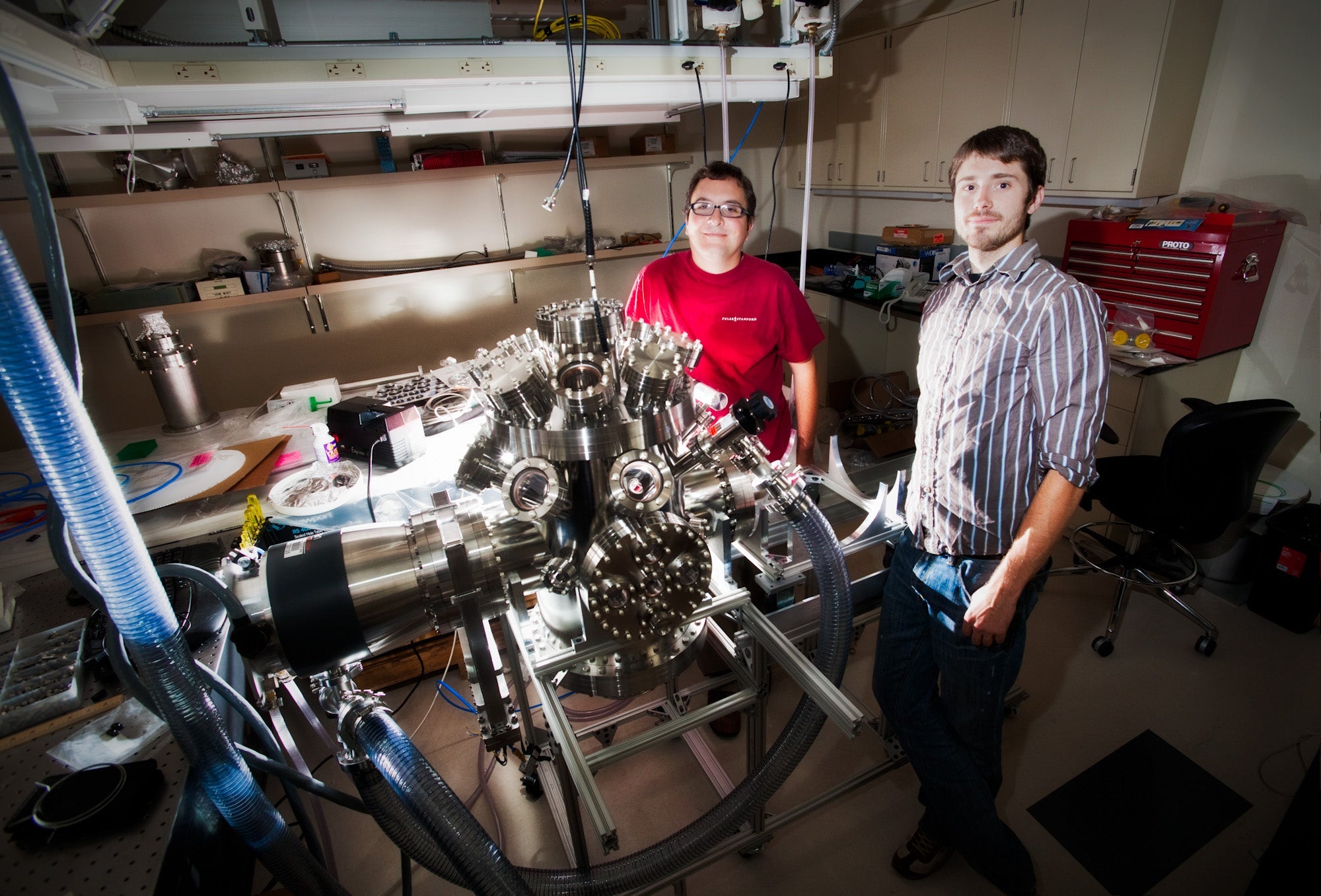 SLAC works with Stanford in 6 joint research centers
SLAC works with Stanford in 6 joint research centers
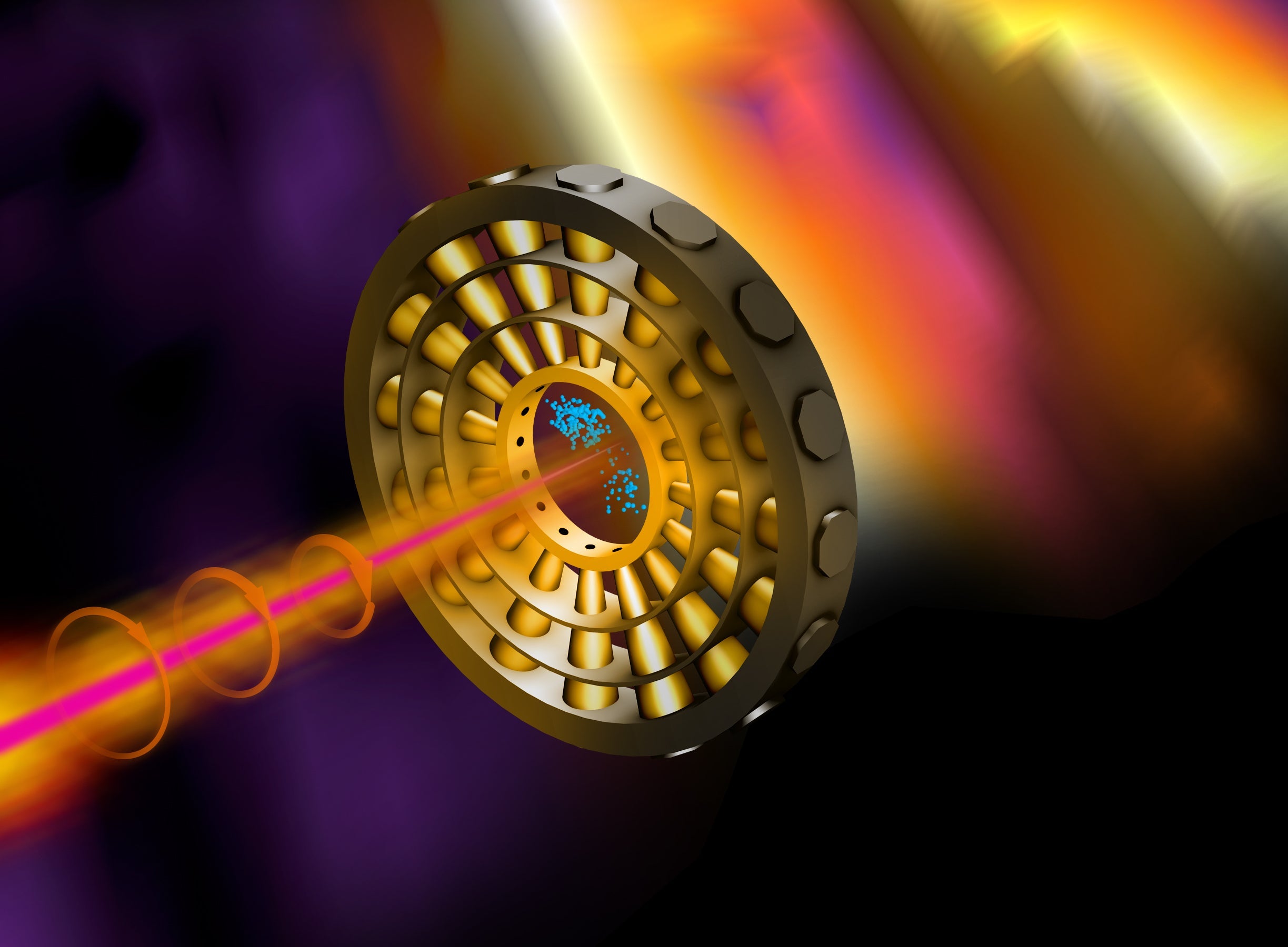 Our X‑ray laser zaps samples with light pulses lasting 10-15 seconds …that's millionths of a billionth of a second!
Our X‑ray laser zaps samples with light pulses lasting 10-15 seconds …that's millionths of a billionth of a second!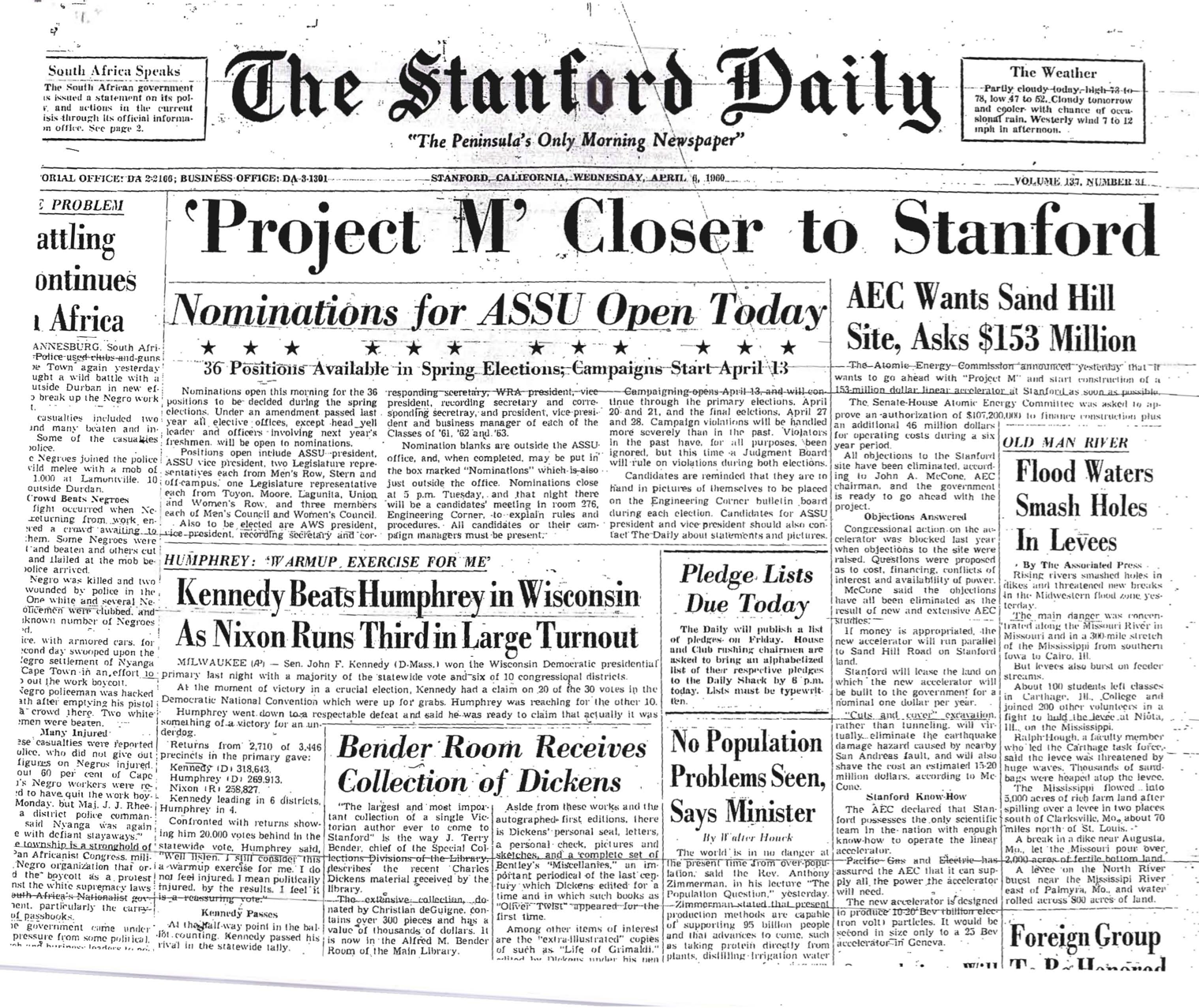 Our lab has gone by 3 names
Our lab has gone by 3 names
- Project M (1956-1960)
- Stanford Linear Accelerator Center (1960-2008)
- SLAC National Accelerator Laboratory (2008–present)
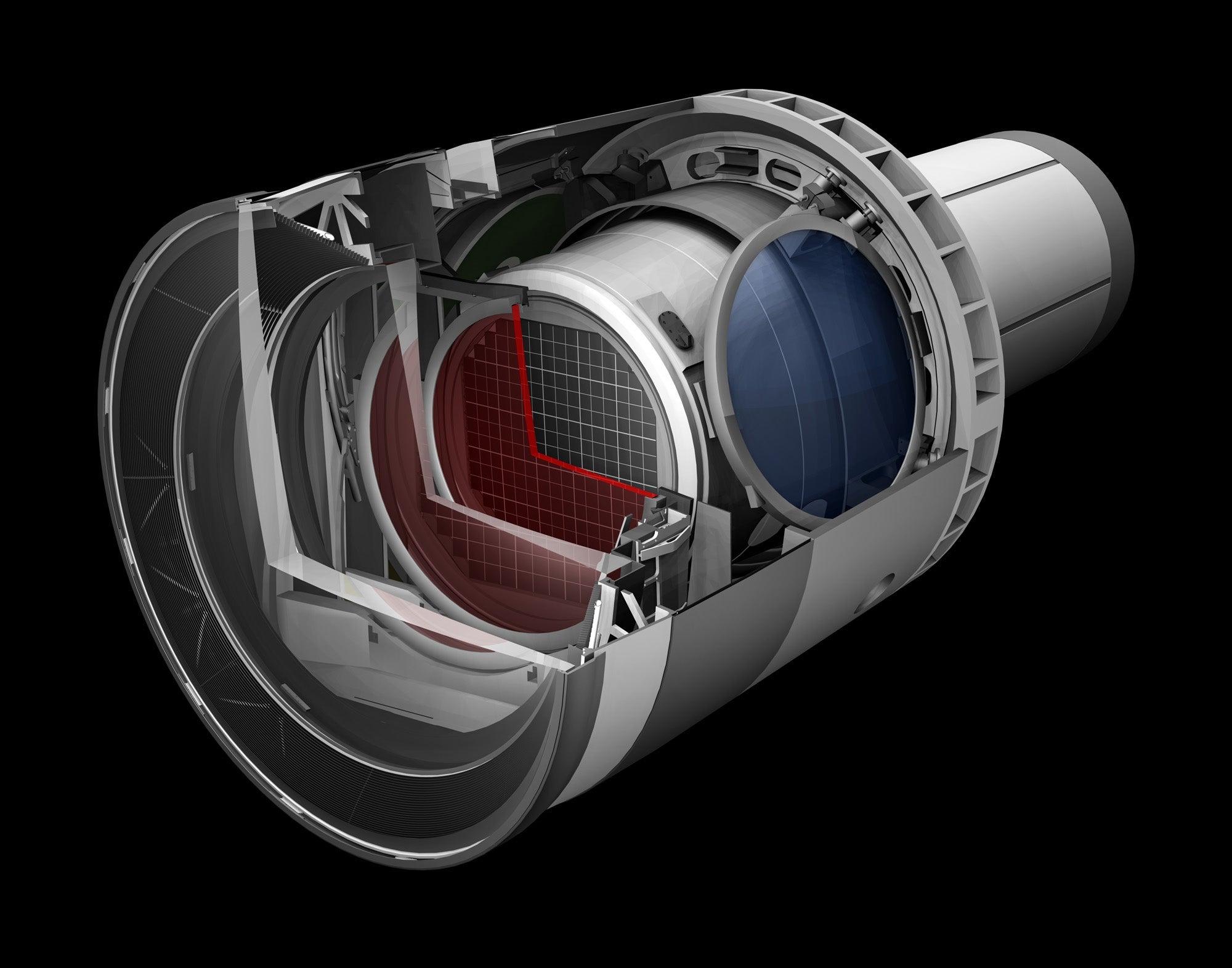 We've designed and built a 3,200 megapixel camera for the Legacy Survey of Space and Time that will shoot the equivalent of 800,000 8-megapixel digital camera images per night.
We've designed and built a 3,200 megapixel camera for the Legacy Survey of Space and Time that will shoot the equivalent of 800,000 8-megapixel digital camera images per night.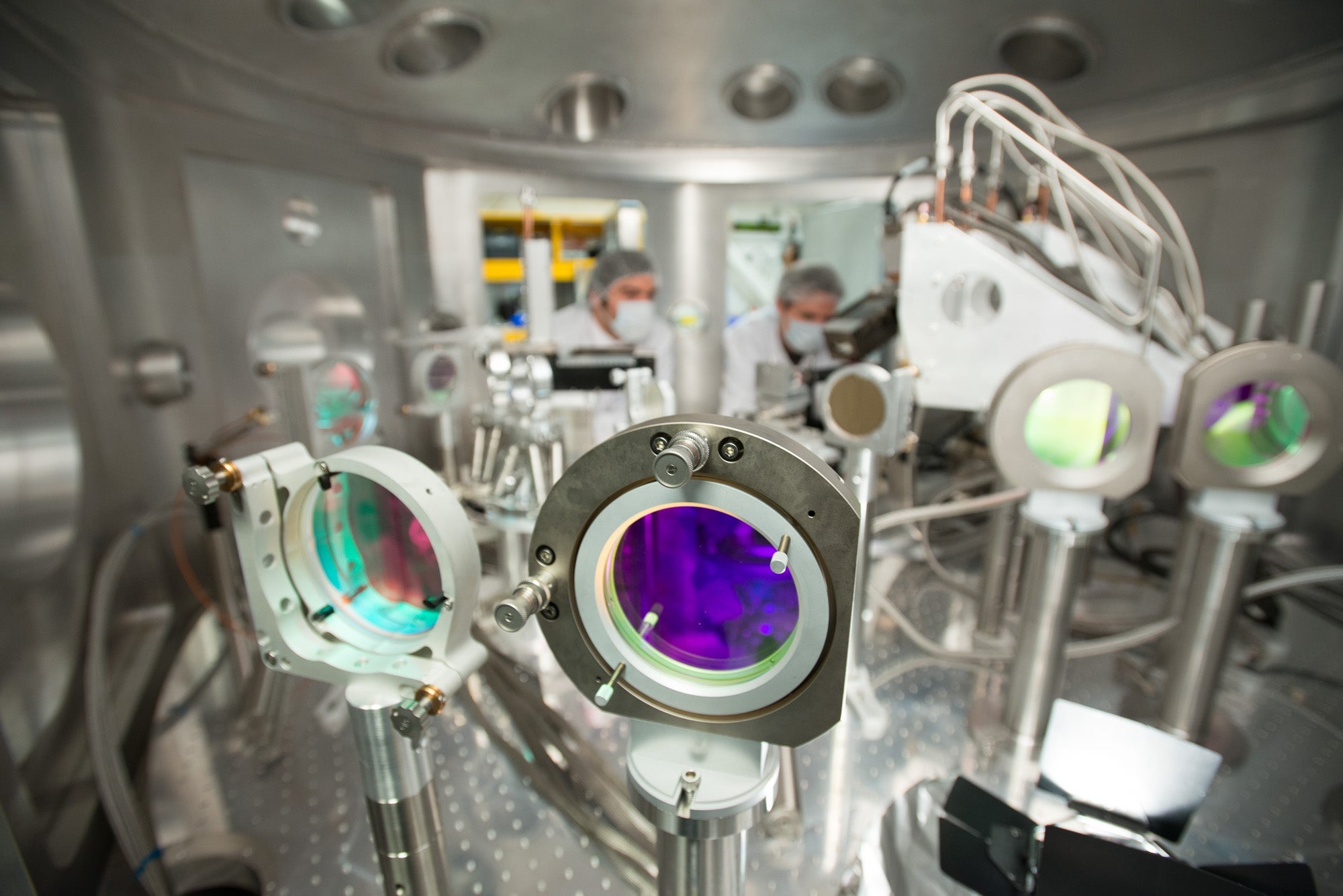 36,000,000 °F matter created at LCLS mimics extreme conditions in the hearts of stars and planets.
36,000,000 °F matter created at LCLS mimics extreme conditions in the hearts of stars and planets.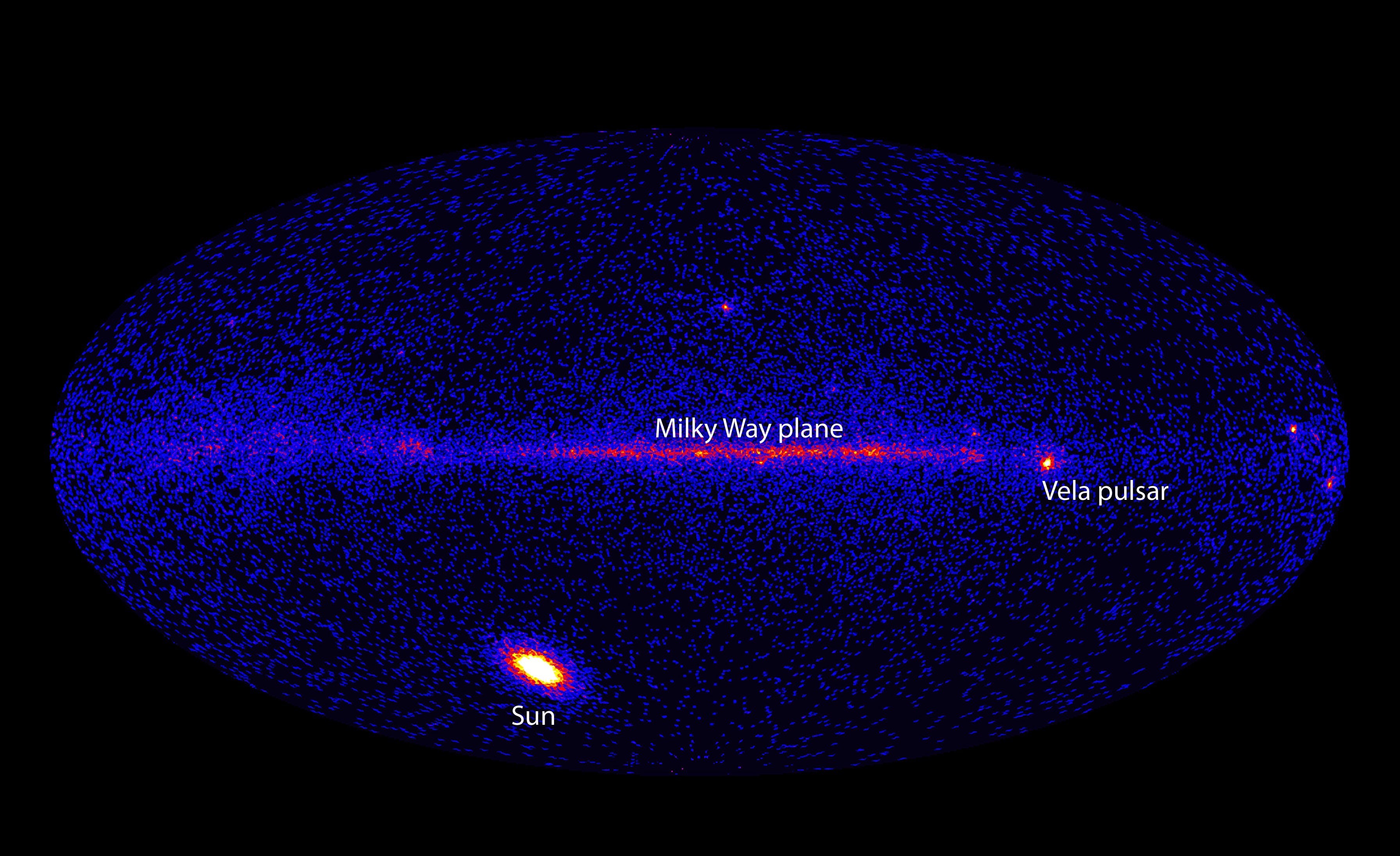 200+ pulsars discovered by the Fermi Gamma‑ray Space Telescope since its launch in 2008. SLAC managed construction of its main instrument, the Large Area Telescope.
200+ pulsars discovered by the Fermi Gamma‑ray Space Telescope since its launch in 2008. SLAC managed construction of its main instrument, the Large Area Telescope.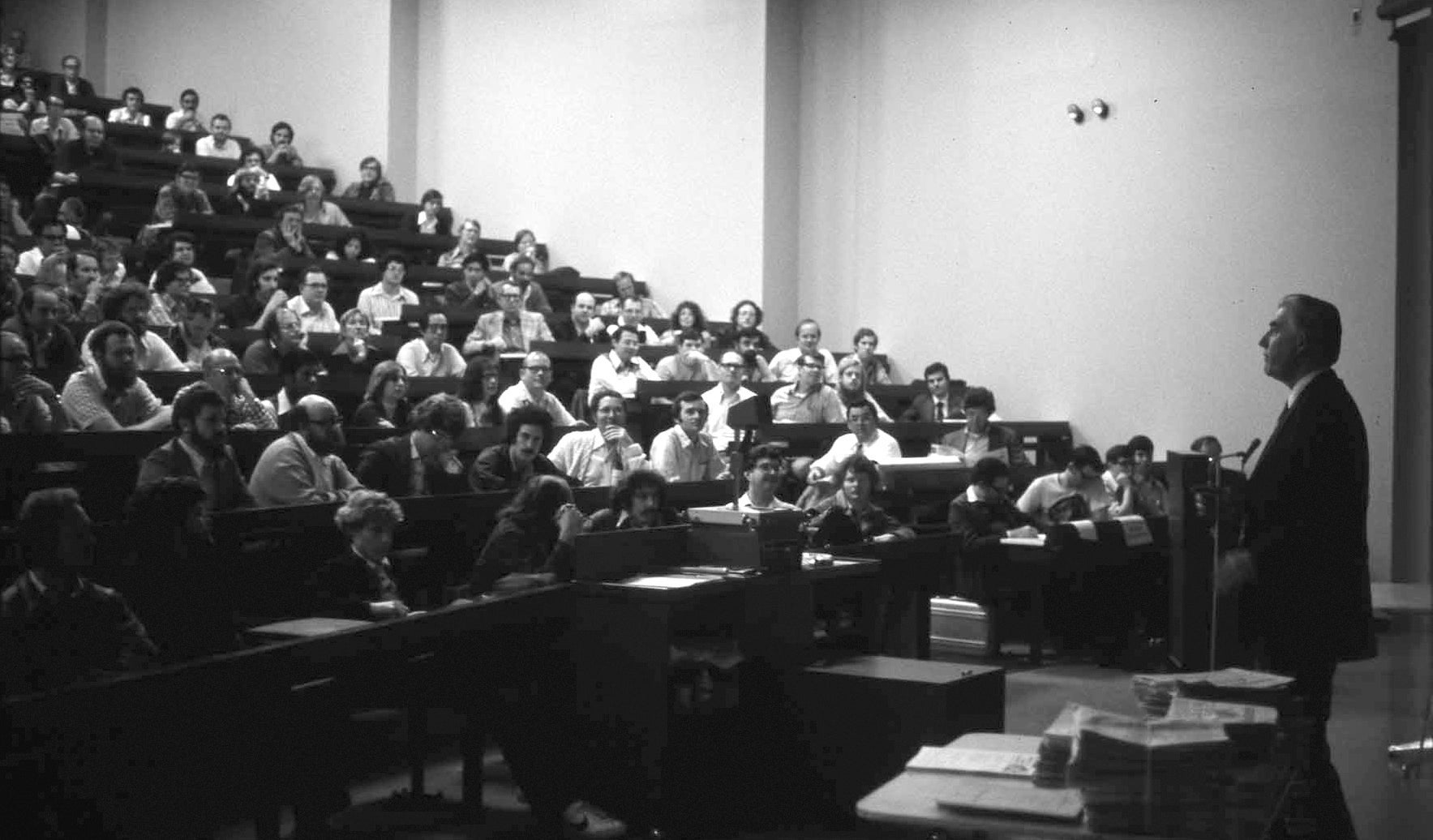 1975 The Homebrew Computer Club began meeting in the SLAC auditorium. This Silicon Valley grassroots group helped spark the personal computing revolution.
1975 The Homebrew Computer Club began meeting in the SLAC auditorium. This Silicon Valley grassroots group helped spark the personal computing revolution.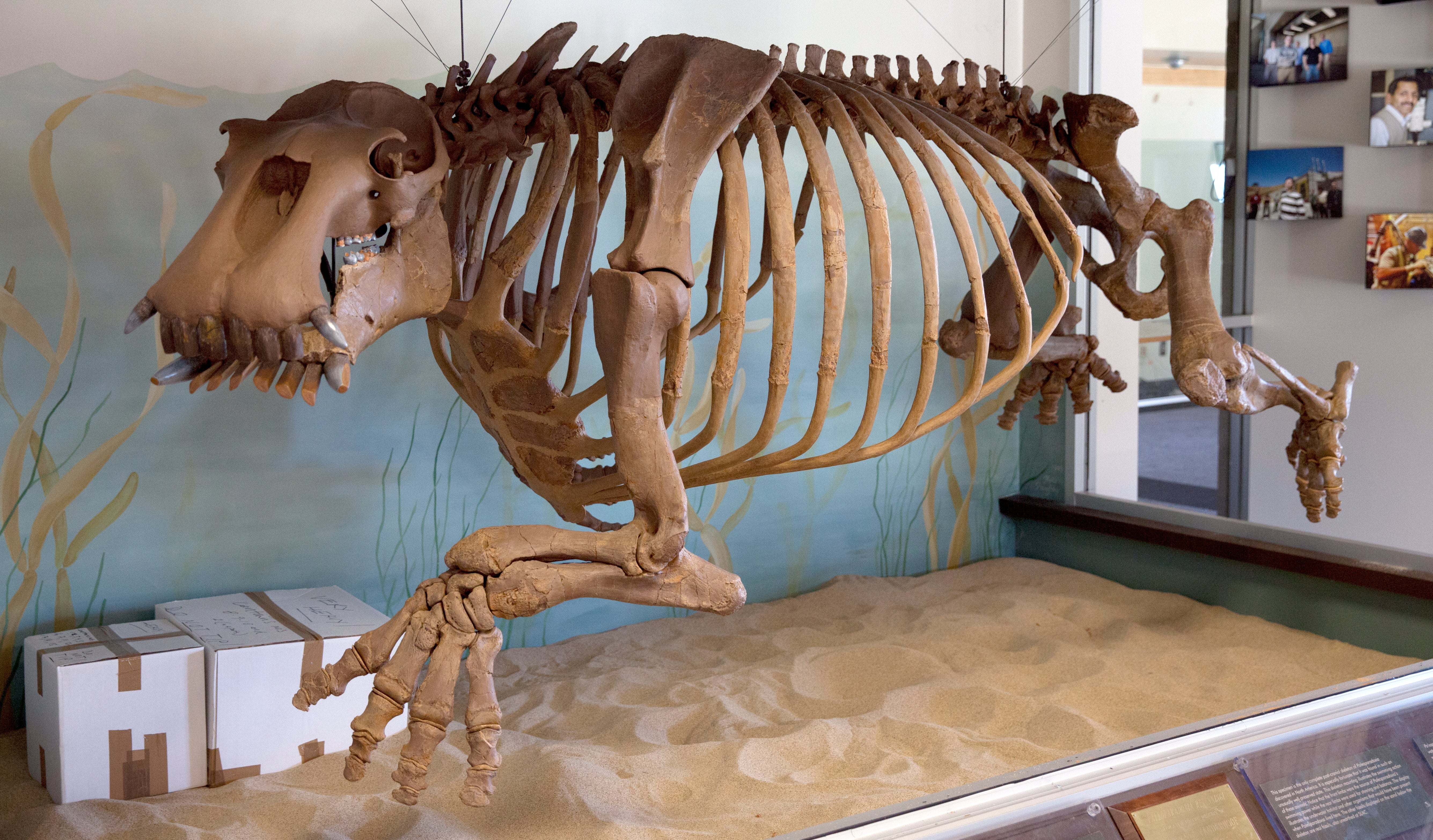 SLAC’s 1st scientific discovery is 14 million years old A Neoparadoxia repenningi fossil was found during excavation for the linear accelerator in 1964. The marine mammal resembled a hippo.
SLAC’s 1st scientific discovery is 14 million years old A Neoparadoxia repenningi fossil was found during excavation for the linear accelerator in 1964. The marine mammal resembled a hippo.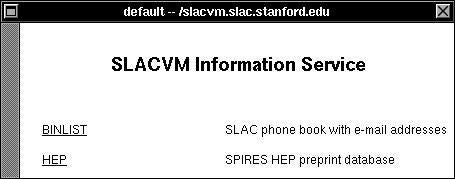 SLACVM was the 1st website in North America, designed in 1991 to help physicists share their research results.
SLACVM was the 1st website in North America, designed in 1991 to help physicists share their research results.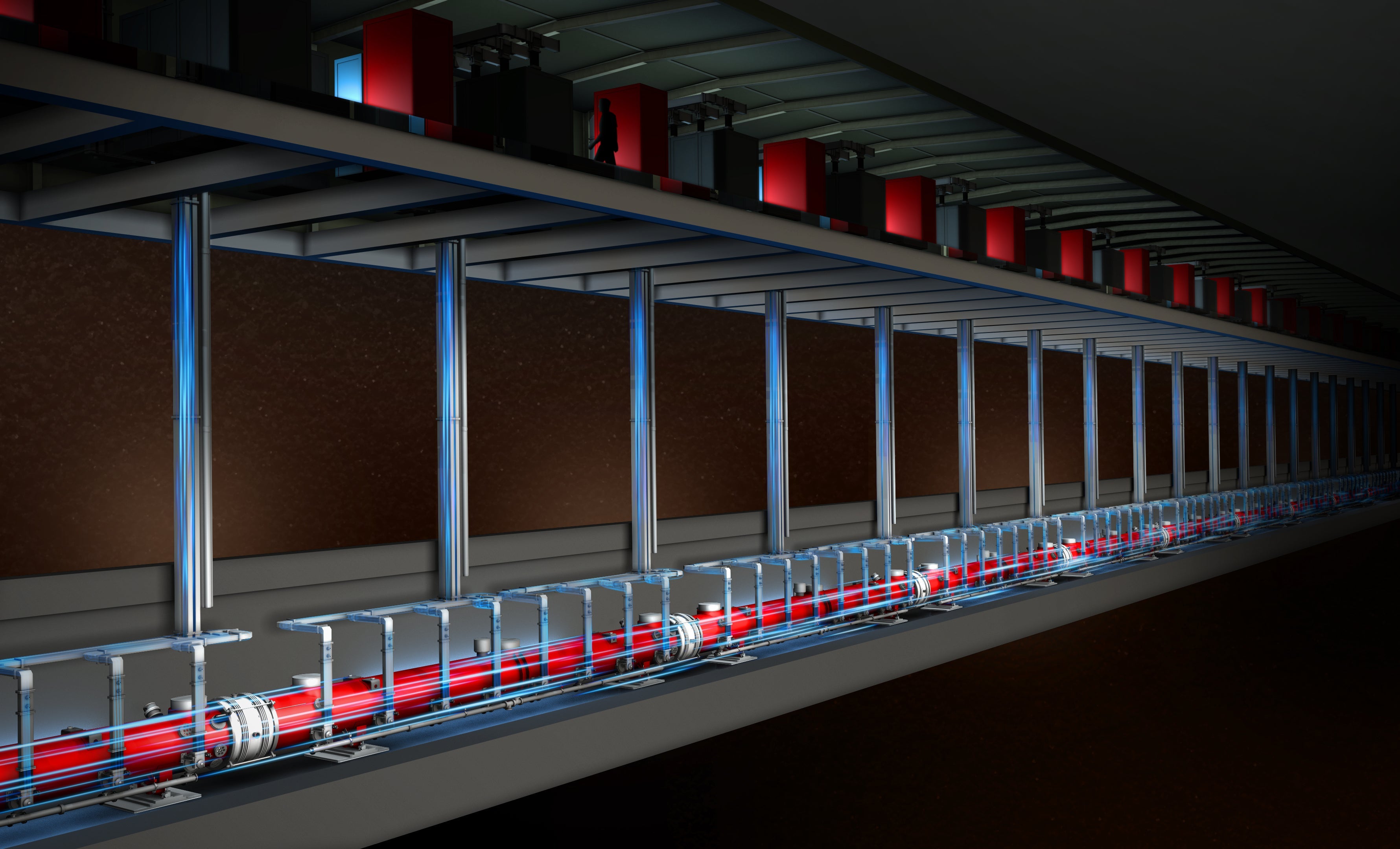 Our upgraded LCLS‑II X‑ray laser beam will be 10,000x brighter & fire 8,000x faster, up to 1 million pulses per second.
Our upgraded LCLS‑II X‑ray laser beam will be 10,000x brighter & fire 8,000x faster, up to 1 million pulses per second.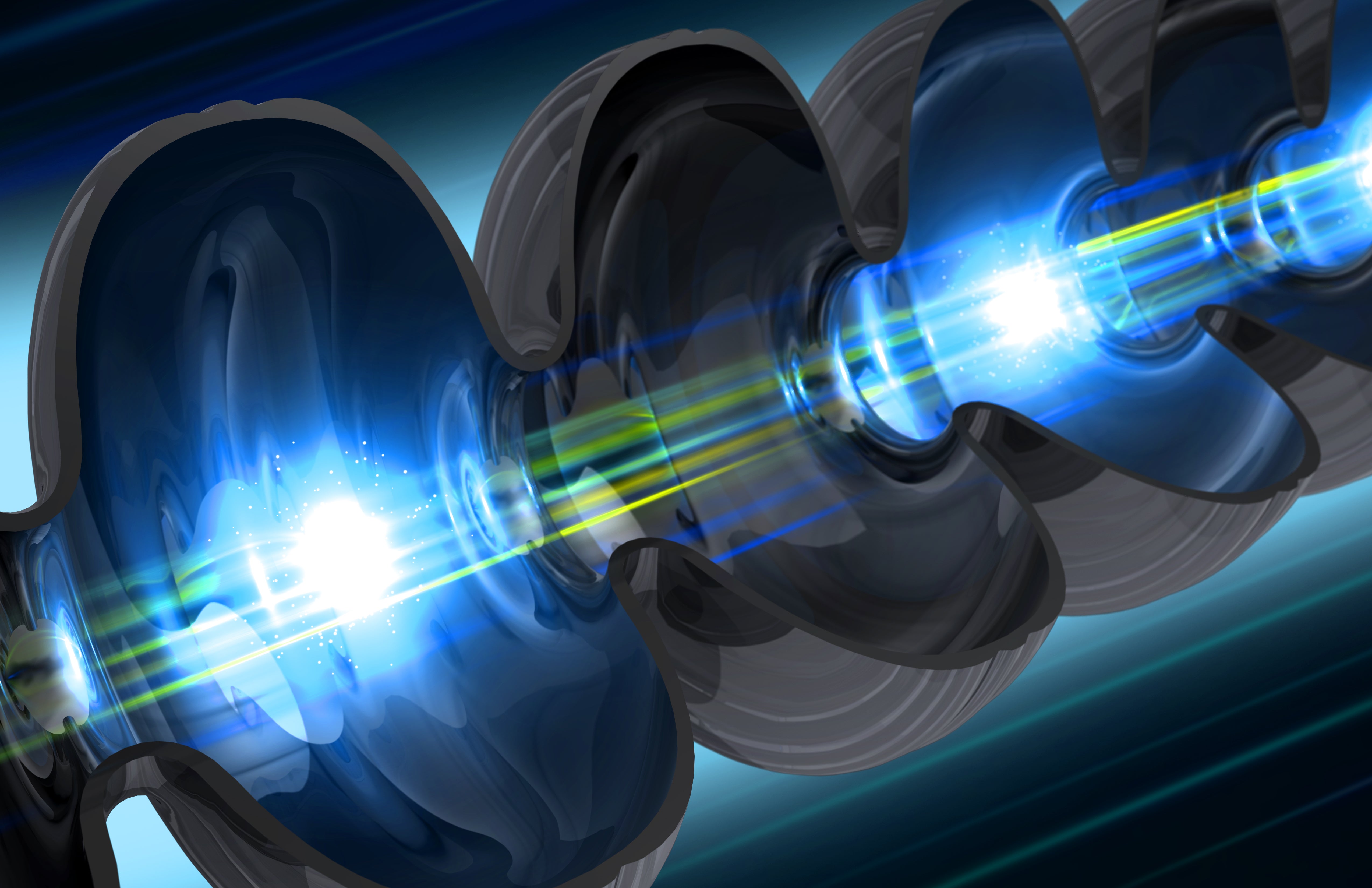 LCLS‑II's X‑ray laser beam will operate at 2 kelvins …colder than outer space!
LCLS‑II's X‑ray laser beam will operate at 2 kelvins …colder than outer space!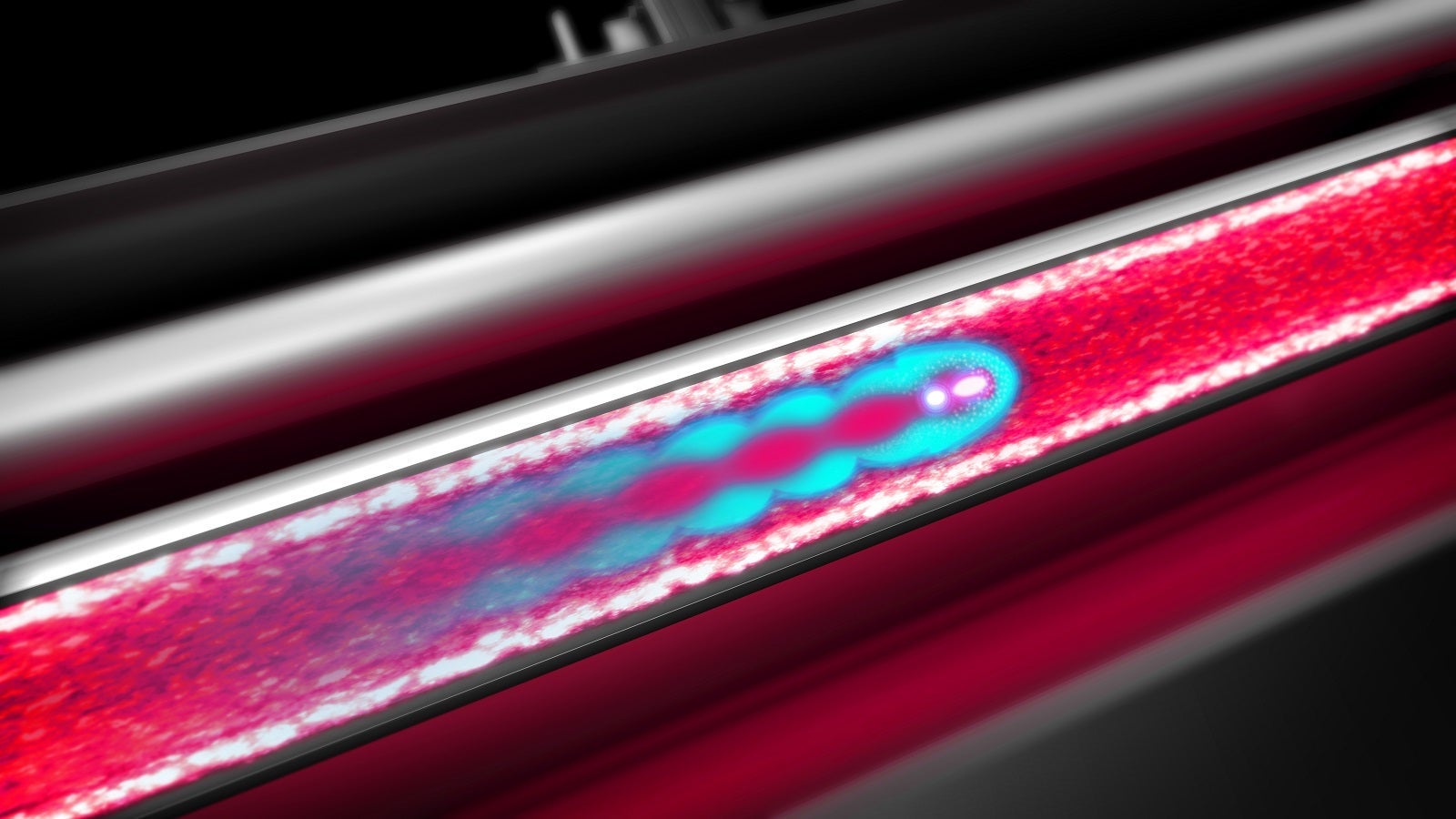 Accelerators could become 1000x shorter with future plasma acceleration techniques developed at FACET‑II.
Accelerators could become 1000x shorter with future plasma acceleration techniques developed at FACET‑II.